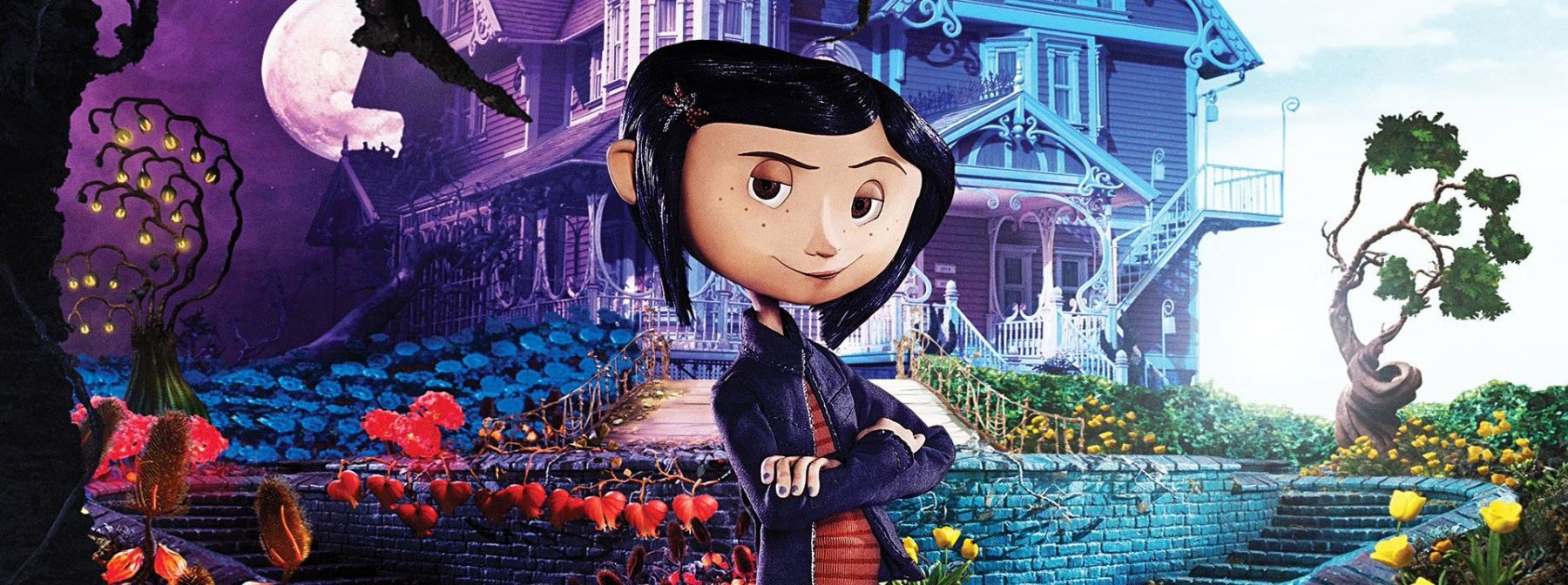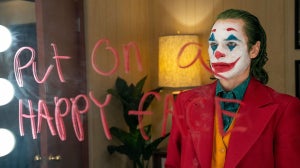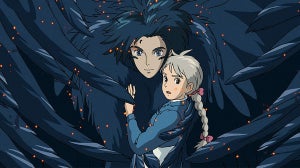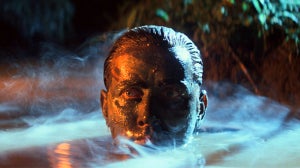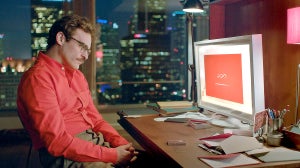
Coraline was a hit on its original release in 2009, becoming the third highest-grossing stop motion film of all time (after Chicken Run and Wallace and Gromit: Curse of The Were-Rabbit), and eventually bagging an Oscar nomination for Best Animated Feature.
But it's the second life the movie has gained since its debut that’s even more impressive, and the 15th anniversary 4K restoration – arriving in UK cinemas on Thursday, 15th August – looks set to grow its reputation as a modern animation masterpiece. This is thanks, in no small part, due to how risky it now feels next to the other family movies you’ll find in the multiplex.
“More than ever, children’s films are afraid to scare young audiences”, director Henry Selick told Zavvi. “Studios are so worried about social media, and how a single person could begin a campaign against a film based on a single line of dialogue, or a character design, that they make sure all their animated films play it safe.
“It’s crazy to me, because how will a movie stand out if it’s working from the same formula? We need darker fairy tales and cautionary tales, and there is a demand for them – why would Grimm’s fairy tales have remained in the cultural consciousness for so long?
“We need good scares in films for kids, but it’s also important that we can see them triumph, so they know that they can go into the darkness and come out safe the other side.”
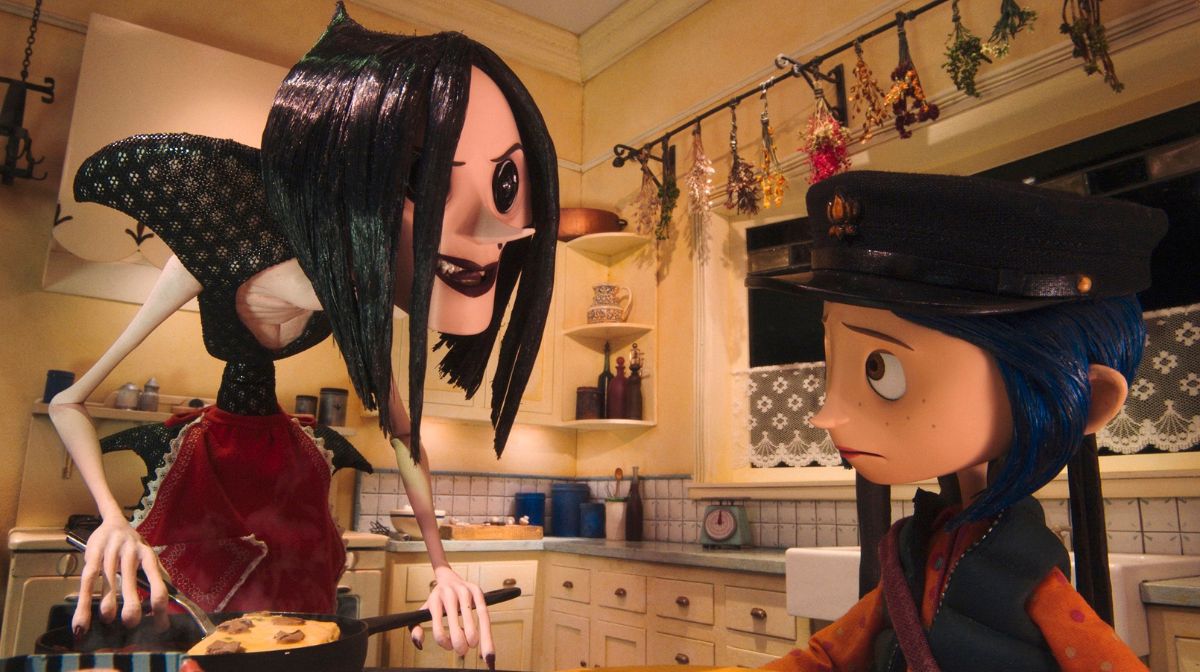
In the 15 years since the original theatrical release, Selick has been vindicated; he now hears from fans who first saw the movie as children more than anybody else.
“This movie has a PG certificate, but I think a lot of parents didn’t listen to that guidance! A number of kids who weren’t ready for it saw it, and it scared the hell out of them – but many of them now approach me and tell me it’s their favourite film, even though it scared them more than anything else.
“I like that their relationship with the film grew from being scared initially. That’s how my first cinema experience was, seeing The Seventh Voyage Of Sinbad, which gave me nightmares about a giant Cyclops growing in my fish tank – the scariest things have the hugest impact.”
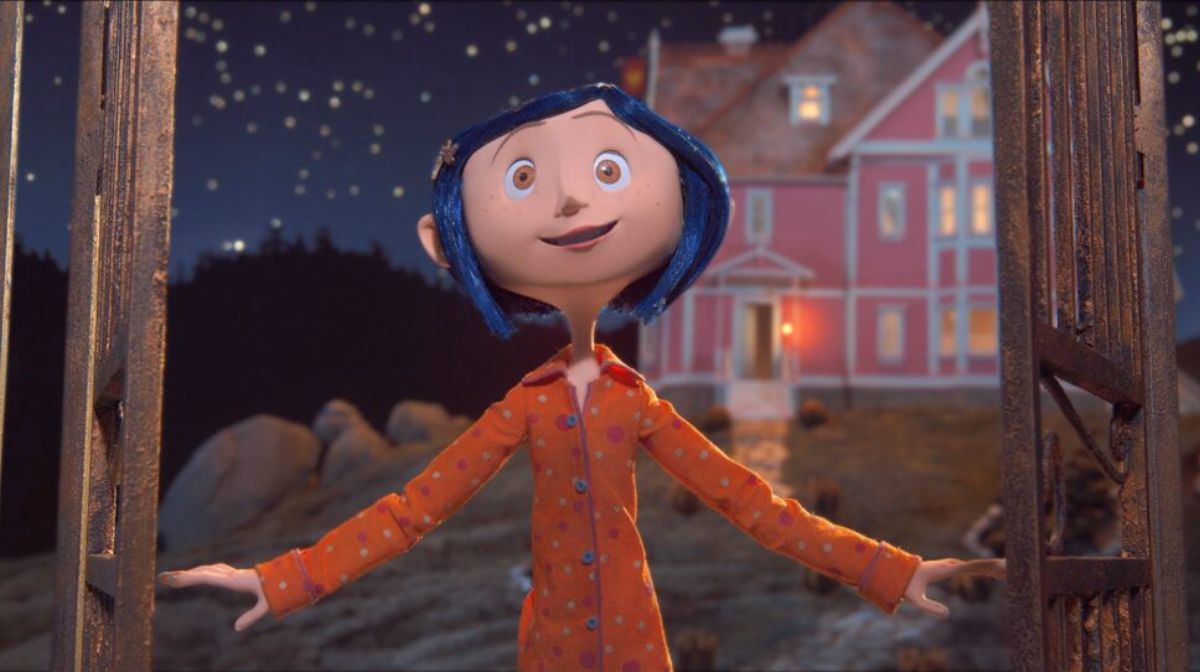
The adaptation of Neil Gaiman’s novel stars Dakota Fanning in the title role, with Teri Hatcher playing the dual role of Coraline’s mother and her sinister “Other Mother” with buttons for eyes, who can be found in an alternate universe hidden within the new family home. At the time of production, Hatcher was midway through the run of Desperate Housewives, playing flawed-but-well-meaning mother Susan Meyer – was part of the attraction to this role being able to portray her polar opposite?
“Well, actors will always tell you that playing evil is fun, but to be able to portray three different sides to one character was an amazing challenge. I’m really proud of the movie, and I always tell people I think it’s my best performance, even though I’m not on camera!
“To be in a movie that, so many years later, is still relevant and loved by so many is really touching.”
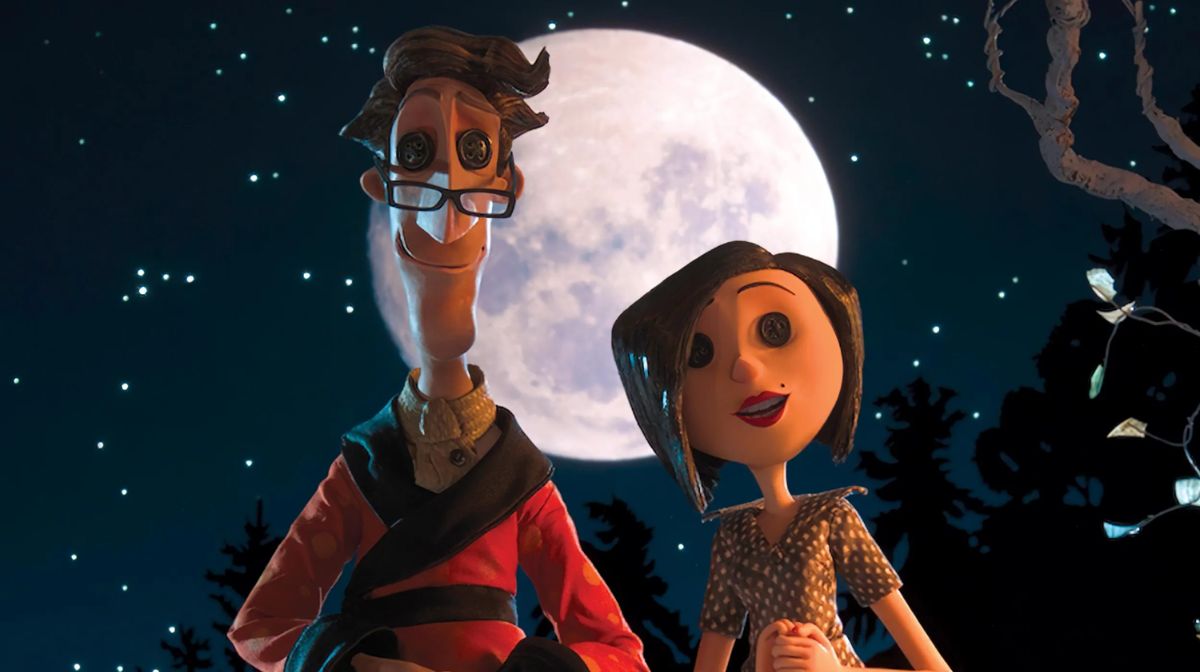
Like Selick, Hatcher believes that a large part of why the movie has continued to capture the imaginations of millions is because of its scariness. And she too has been shaped by the experience of being scared as a kid, laughing that after seeing Jaws, she wouldn’t swim in a pool for years.
“There’s some irony to the fact that we put so much violence in front of children in society, but we pull that back when it comes to children’s movies. It’s crazy to me because a lot of the things in the real world that are scary can be applied to stories in this classic fairy tale style, which I think is important in terms of helping young viewers learn life lessons.”
Whilst the film was in production, Hatcher’s daughter was nine years old and would regularly visit the Laika Animation Studios set in Portland, Oregon. As a result, seeing how the sausage was made meant that she wasn’t as scared as other kids, but it proved to be an eye-opening experience in other ways.
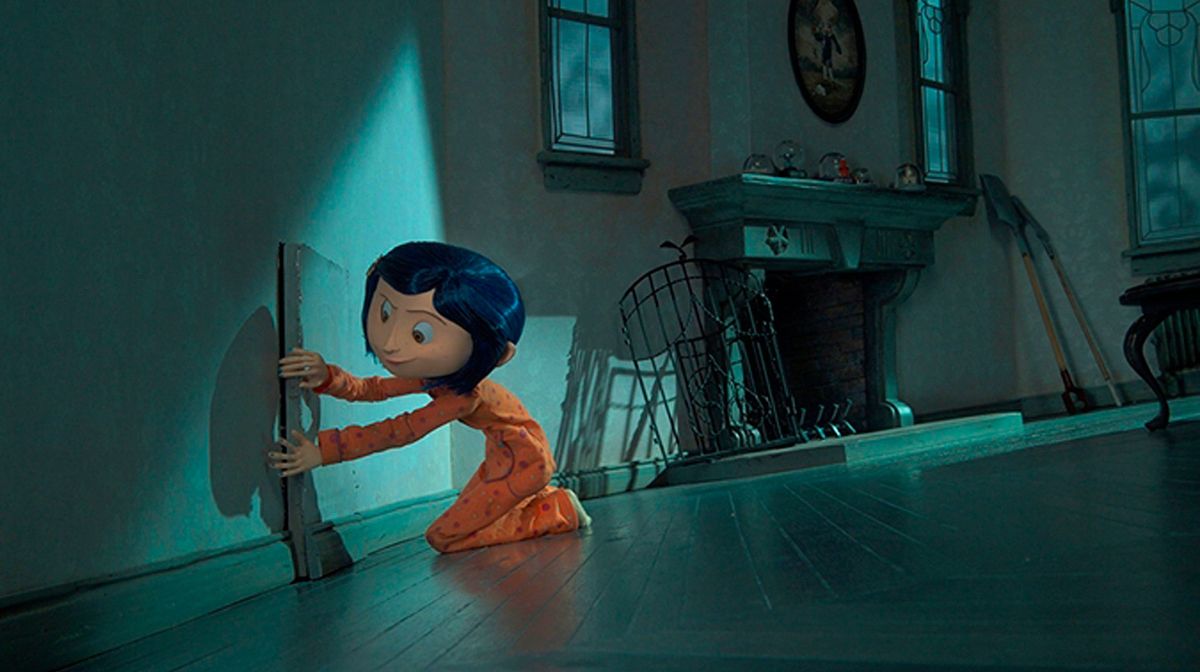
She continued: “She was inspired by getting to visit the sets, seeing the artistry of the production and how the stop-motion architecture was made. Now, she’s an animated script writer herself, and I think this was one of the earliest sparks of inspiration on that path.”
Hatcher’s daughter certainly chose the best set to visit to get a crash-course in animation, with Selick telling us this was one of the hardest challenges he’s ever faced as an animator. The most difficult thing to bring to life, however, might not necessarily be what you expect.
He continued: “There have been so many stop motion films where the puppets moved beautifully, but the worlds around them are dead. Our challenge was to make sure the world was always alive with lighting shifts and changes, and specific camera movements; standard procedure for live action, but not in stop motion.
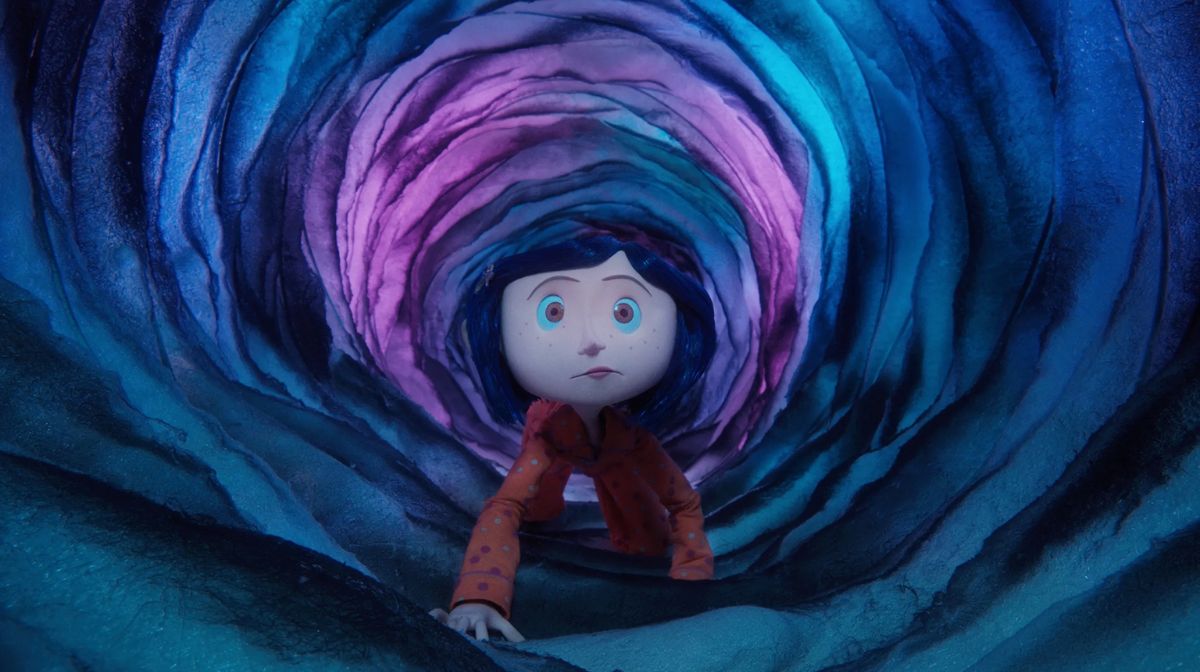
“What was most difficult was bringing the idea of the garden to life, which wasn’t because of the technical aspects. In Coraline’s real life, her parents write about gardening, so trying to create the most gorgeous, idealised version of that for her other world was a challenge, but something we’re very proud of.
“The hardest thing – spoiler alert! - was when the cat scratches out the Other Mother’s eyes, and the floor falls away and reveals itself as a giant steel spider-web. That was hard to build and animate.”
When Coraline first arrived in cinemas, it kicked off the 3D revolution long before Avatar. Selick declared 3D animation would be the future, but 15 years later, that hasn’t been the case – so, with Coraline being rereleased in 3D, I wondered what his thoughts on the technology were now.
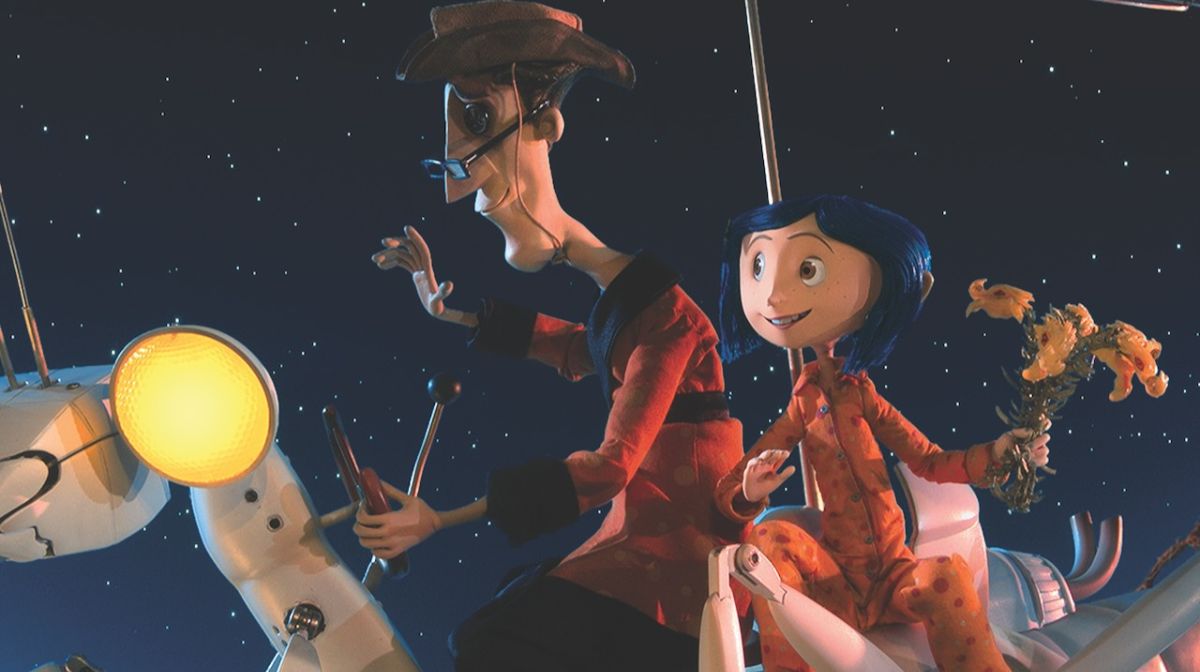
“We were the first stop-motion film shot in 3D, not reconfigured in post-production, and we were careful with how we used it. And we must have used it well, as in 2009, we were voted the best 3D film of the year, beating James Cameron!
“I think what killed 3D was the flood of 3D movies that came out after Avatar which didn’t use the technology well and were charging people more to see something which hadn’t been made with the same magic. I’m happy to see that our film looks better than it ever has in this new 3D remaster, and it’s an example of what this technology can look like when it’s used right.
“Here, it’s part of the story, and helps build the allure and depth of this world. 3D is a tarnished name now – I hope people can revisit our film and realise it can still be an asset if you use it right”.
Coraline is rereleased in UK cinemas – and in glorious 3D! - on Thursday, 15th August.

